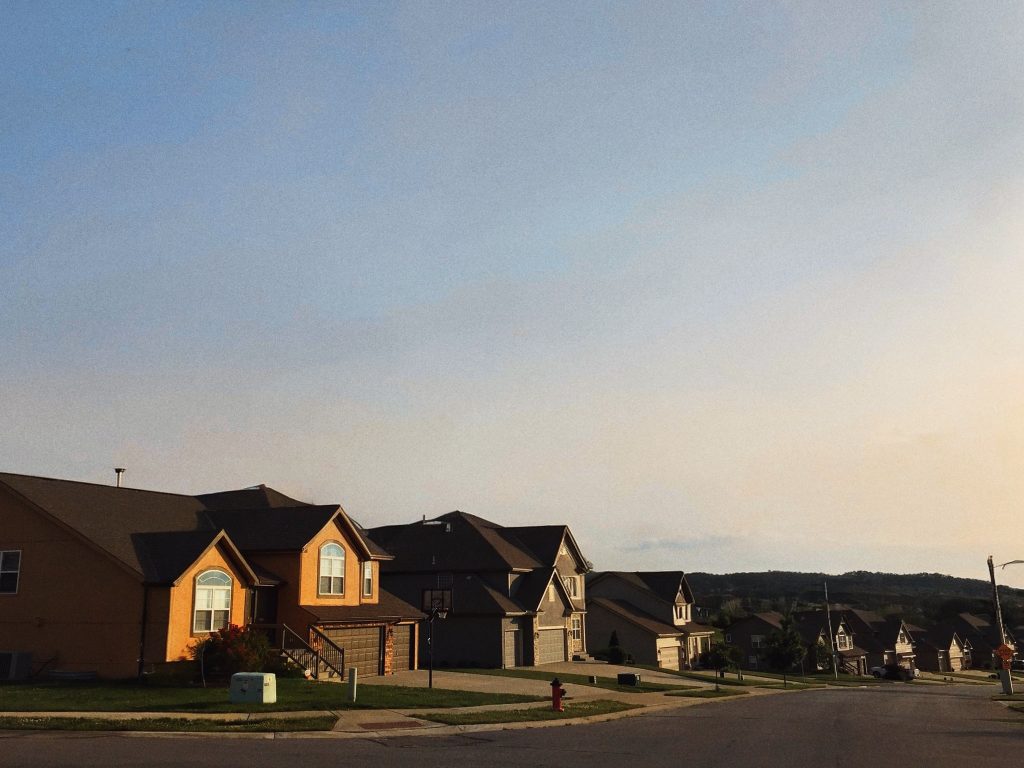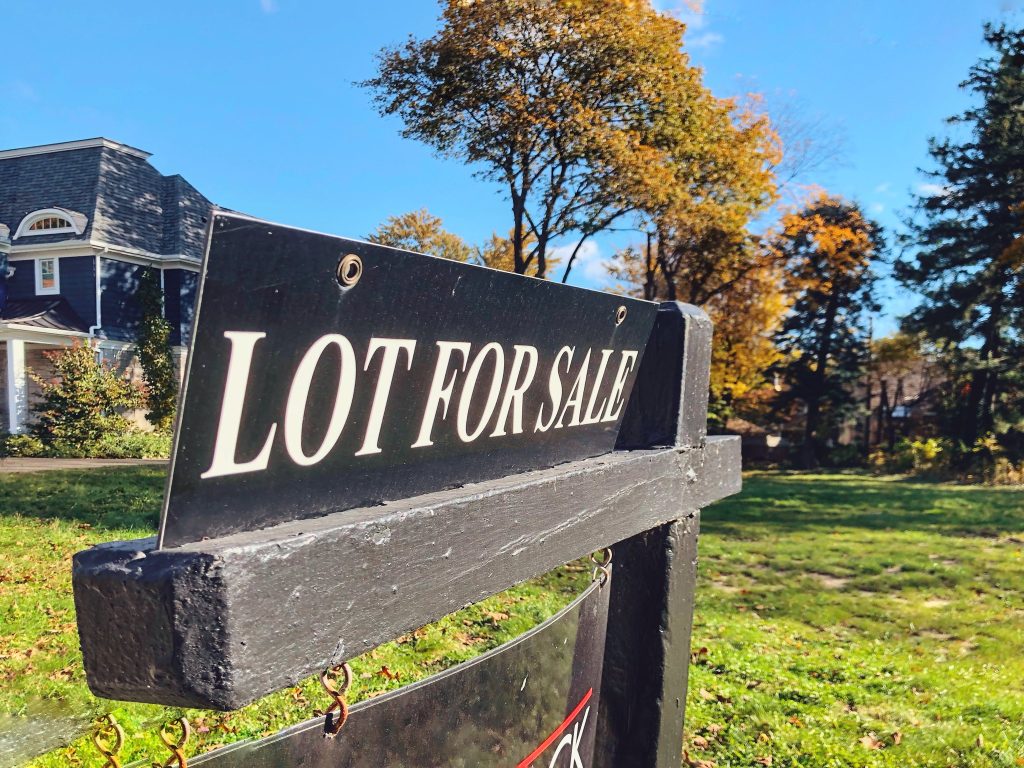According to the Mortgage Bankers Association’s Weekly Applications Survey, average mortgage rates increased last week across all loan categories, including 30-year fixed-rate loans with both conforming and jumbo balances, loans backed by the Federal Housing Administration, 15-year fixed-rate loans, and 5/1 ARMs. Mike Fratantoni, MBA’s senior vice president and chief economist, says economic uncertainty was behind the bump. “Mortgage rates jumped to their highest level since February last week, with investors concerned about rising inflation and the impact of increasing deficits and debt,†Fratantoni said. “Higher rates … led to a slowdown across the board. However, purchase applications are up 13 percent from one year ago.†The year-over-year improvement comes despite a 5 percent drop in purchase demand last week. Refinance demand also fell 5 percent week-over-week. The MBA’s weekly survey has been conducted since 1990 and covers 75 percent of retail residential mortgage applications. (source)












